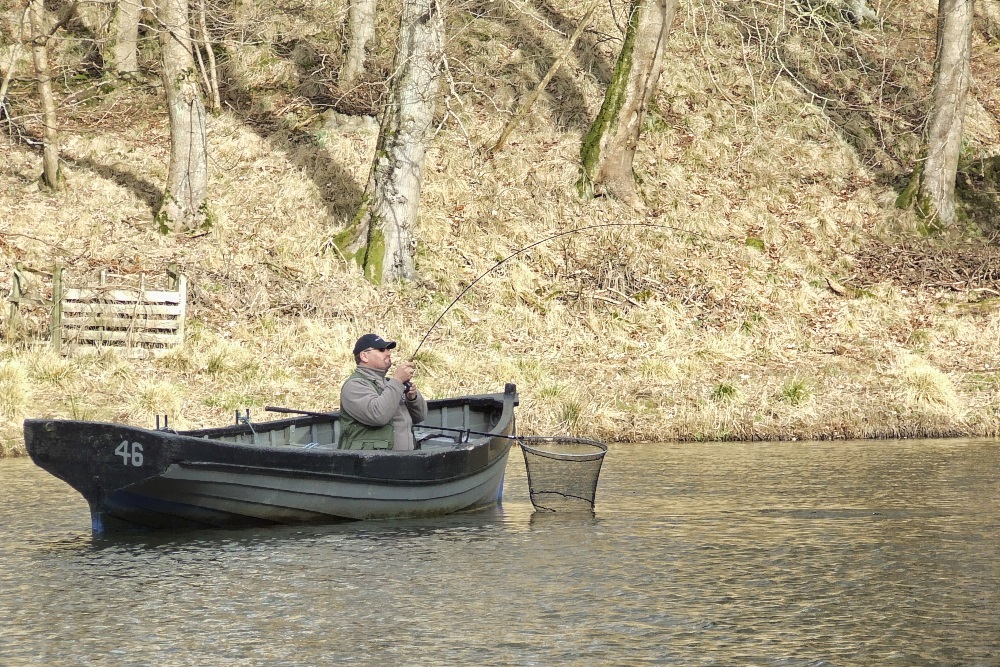Most recent results over 4 species held in on board live wells of 70liters capaciy (mine is over 90L) or larger, or nets/cages 2 cu mtr, set in the lake, is that over 90% and up to 98% were fine and once set free bolted off, even a few were recaught and fought just as well as the first time, all were caught as part of a week long tournament and by good anglers, wet hands, the towel over the eyes and held upside down, barbless hooks and larger fish soted in the net not on board, all fish if handled were held in at least 2 places not hung up by the bottom lip, I see your anglers and I'm proud of their handling, clearly its a weekend casual angler or an ill informed angler who is doing the most damage, so maybe its up to us to educate others, a fish is too valuable to catch it only once, I think the ball is back in our court, teach by example

